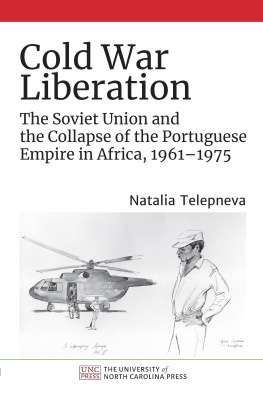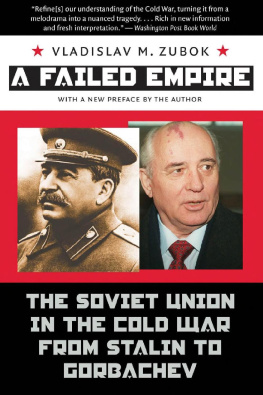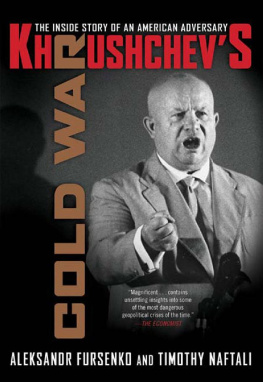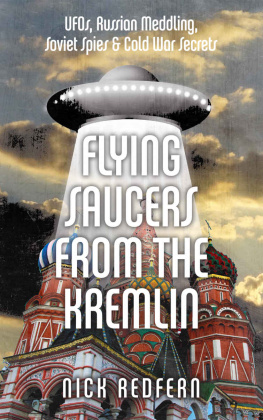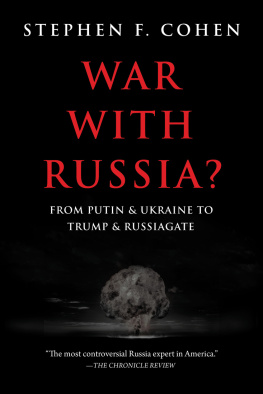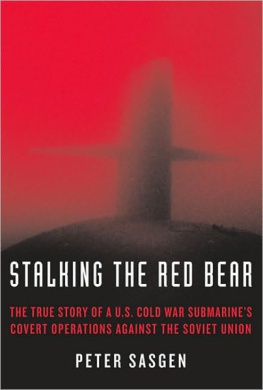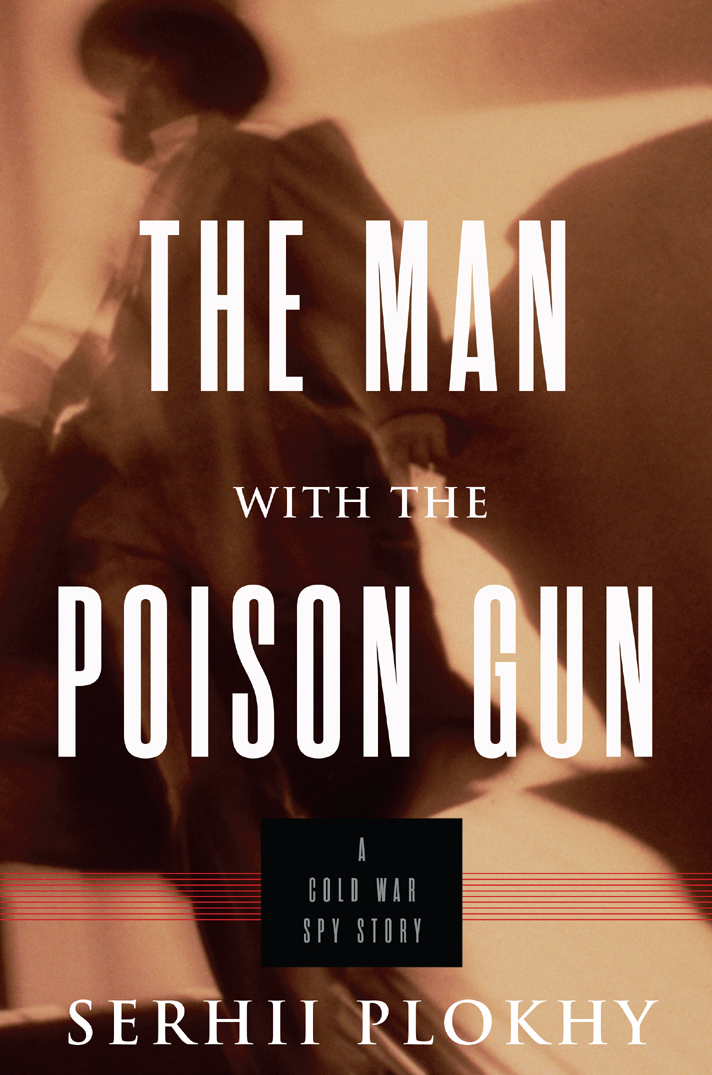

Copyright 2016 by Serhii Plokhy
An imprint of Perseus Books, a division of PBG Publishing, LLC, a subsidiary of Hachette Book Group, Inc.
All rights reserved. Printed in the United States of America.
No part of this book may be reproduced in any manner whatsoever without written permission except in the case of brief quotations embodied in critical articles and reviews. For information, address
Basic Books, 250 W. 57th St, 15th floor, New York, NY 10107.
Books published by Basic Books are available at special discounts for bulk purchases in the United States by corporations, institutions, and other organizations. For more information, please contact the Special Markets Department at the Perseus Books Group,
2300 Chestnut Street, Suite 200, Philadelphia, PA 19103,
or call (800) 810-4145, ext. 5000,
or e-mail .
Designed by Cynthia Young
Library of Congress Cataloging-in-Publication Data
Names: Plokhy, Serhii, 1957 author.
Title: The man with the poison gun: a Cold War spy story / Serhii Plokhy.
Description: New York: Basic Books, [2016] | Includes bibliographical references and index.
Identifiers: LCCN 2016019612 | ISBN 9780465096602 (ebook)
Subjects: LCSH: Stashinsky, Bogdan, 1931 | SpiesSoviet UnionBiography. | Bandera, Stepan, 19091959Assassination. | Rebet, Lev, 19121957Assassination. | Espionage, SovietGermanyHistory. | Political refugeesGermany (West)Biography. | UkrainiansGermanyBiography. | PoisoningGermanyHistory20th century. | Political crimes and offensesGermanyHistory20th century. | UkrainePolitics and government19451991.
Classification: LCC DK266.3 .P463 2016 | DDC 327.1247043092 [B]dc23
LC record available at https://lccn.loc.gov/2016019612
10 9 8 7 6 5 4 3 2 1
Table of Contents
Guide
CONTENTS
ADVANCE PRAISE FOR
The Man with the Poison Gun
Serhii Plokhy has alighted upon a fascinating episode in the history of Soviet intelligence. Not long after Stalins death, Communist Party leader Nikita Khrushchev ordered a campaign of assassinations directed against defectors and those campaigning for the dissolution of the Soviet Union, most notably the Ukrainian nationalists led by Stepan Bandera. One of the most accomplished assassins, Bogdan Stashinsky, defected, however, and uncovered the entire ghastly affair in 1961. Plokhy, a leading Harvard professor, details the story in startling clarity and pinpoint accuracy from an impressive array of sources, German, Russian, Ukrainian, and American. Yet he carries his learning lightly, which makes for a very readable story that could as well have emerged from the pen of a spy thriller writer.
Jonathan Haslam, George F. Kennan Professor, School of Historical Studies, Institute for Advanced Study, Princeton, and author of Near and Distant Neighbors: A New History of Soviet Intelligence
This book often reads like an Ian Fleming spy novel, but it is actually about real events that occurred during the tensest phase of the Cold War in the late 1950s and early 1960s. Serhii Plokhy provides a riveting account of the exploits of a Soviet assassin who used poison gas to kill exiled opponents of the Soviet regime amid EastWest preparations for all-out war. Plokhys meticulously researched book sheds valuable light on the Soviet regimes continued use of political assassinations in foreign countries long after the death of Joseph Stalin. A wonderful read for scholars and spy novel fans alike.
Mark Kramer, director, Cold War Studies, Harvard University


I n the fall of 1961, as American and Soviet tanks faced one another at Checkpoint Charlie in the newly divided city of Berlin, and David Cornwell, a British spy more commonly known as John le Carr, was contemplating the writing of his first bestselling novel, The Spy Who Came in from the Cold, the West German police were interrogating a Soviet spy.
The slim thirty-year-old man had papers in the name of an East German, Josef Lehmann, but claimed that his real name was Bogdan Stashinsky and that he was a citizen of the Soviet Union. Stashinsky admitted during questioning that he was singlehandedly responsible for tracking down and killing two Ukrainian migrs hiding in Munich, where they had been conspiring to liberate their country and destroy the Soviet Union. He had used a new, specially designed secret weapona spray pistol delivering liquid poison that, if fired into the victims face, killed without leaving a trace. The Soviet leader Nikita Khrushchev, who had spent a good part of his career in Ukraine, had regarded the migr leaders as personal enemies. They had been the primary targets of multiple KGB assassination attempts, and ultimately victims of Stashinskys poison gun.
Stashinskys testimony, implicating the Kremlin rulers in political assassinations carried out abroad, was a bombshell, shaking the worlds of espionage and international politics. The Stashinsky case changed how the Soviets fought the Cold War, forcing the KGB to abandon its practice of foreign assassination. It also ended the career of the KGB chief Aleksandr Shelepin, who had aspired to replace Nikita Khrushchev and then Leonid Brezhnev at the top of the Soviet power pyramid. In West Germany, the Stashinsky trial changed how Nazi criminals were prosecuted. Using the Stashinsky case as a precedent, many defendants in such cases claimed, as had the Soviet spy, that they were simply accessories to murder, while their superiors, who ordered the killings, were the main perpetrators. West German legislators eventually changed the law to make it impossible for Nazi perpetrators to claim the Stashinsky defense.
In the United States, Stashinskys case was investigated by a subcommittee of the US Senate, and the evidence he provided was considered in the conclusions of the Warren Commission on the assassination of John F. Kennedy. Many conspiracy theorists still believe that Lee Harvey Oswald was trained by the KGB in the same facility as Bogdan Stashinsky.
Stashinskys story captured the imagination of the Western world. It was featured in a long article in Life magazine, and made it into successive editions of Great True Spy Stories, compiled by former CIA chief Allen Dulles. In Ian Flemings last James Bond novel, The Man with the Golden Gun, Bond, brainwashed by the Soviets, tries to assassinate his boss by shooting him with a cyanide-loaded poison gun. The Stashinsky story served as the basis of a number of radio and television features around the world. It inspired numerous books and documentary films, at least two novels, two theater plays, and one movie.
For decades, the KGB denied any involvement in the Stashinsky assassinations, and for decades, CIA officers could never be entirely sure whether Stashinskys story was true or false. Even today, some authors claim that Stashinsky was in fact a loyal KGB agent who had been sent to the West in order to bear false witness, and thereby shield the prized KGB agent who actually did the job. By tapping into new, previously unavailable sources, this book finally puts to rest many earlier theories and speculations about Stashinskys assassinations. It also places the Stashinsky story into the broad context of the Cold Warthe relentless battle of ideologies and cultures between East and Westand demonstrates the crushing impact that the Soviet police state had on the population living east of the Iron Curtain.


